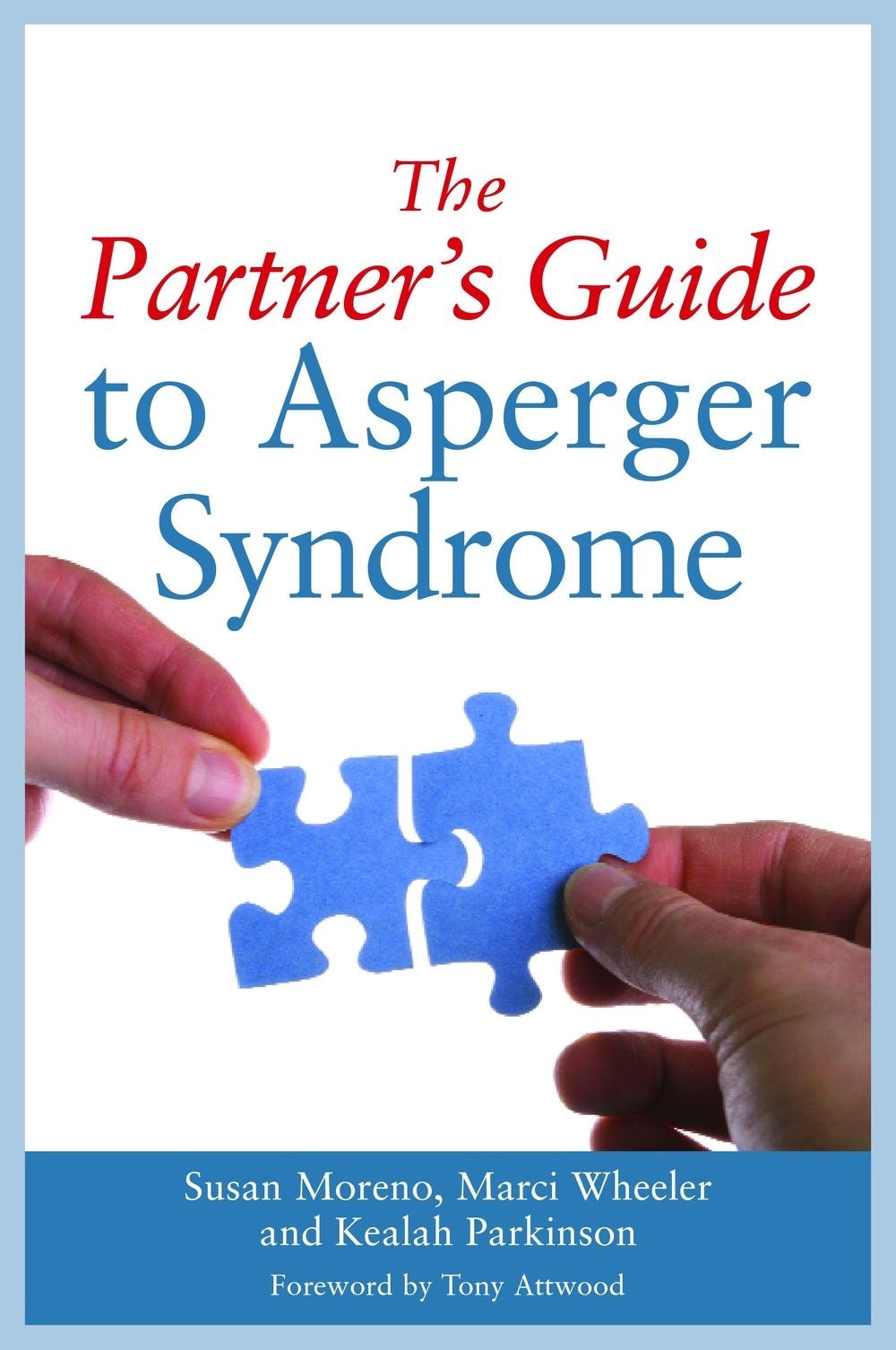
Press Reviews
asteens
I enjoyed the book tremendously and found it an effortless read. I would recommend it for all mixed marriages/relationships (AS and non-AS), for the grown up children reared in these marriages, for there is a price paid, It should also be read by all marriage guidance counsellors and therapists who will more than likely encounter people on the spectrum (or their partners) and can do much harm if they do not understand the uniqueness of these relationships.
Library Journal
Moreno, founder of an autism non-profit, along with social worker Marci Wheeler and communication coach Kealah Parkinson, interviewed over 100 couples in which one partner has ASD and the other is nonspectrum (NS). Their aim: to provide insight and guidance to NS partners who want to create a successful relationship for both parties. While most of the advice is directed at the NS partner, there are also tips for parents, friends, and professionals on how to support the couple in maintaining a positive relationship. Each chapter ends with a list of "lessons learned" from the couples interviewed. The authors cover communication, social skills, and sensory processing and provide many real-life examples drawn from the experiences of the interviewed couples. Tony Attwood’s foreword highlights potential relationship problems that individuals with ASD typically encounter. VERDICT: Excellent insight and tips for anyone in, or considering, a relationship with a person with ASD, as well as the friends and families of couples with an ASD partner.
Simon Baron-Cohen, FBA, Professor of Developmental Psychopathology, Director, Autism Research Centre, Cambridge University, UK
This very clear book deepens our experience of autism and Asperger syndrome in adults, where it can be harder to detect and where partners may be managing and even camouflaging it. It is a valuable contribution, laden with advice that will make such couples feel less alone and know where to turn for help.
Isabelle Hénault, author of Asperger's Syndrome and Sexuality: From Adolescence through Adulthood
Many individuals with Asperger syndrome have a desire to establish and maintain relationships with others. As with most couples, finding a balance between their own personality and character and meeting their partners' needs and expectations is challenging. This complex balance is explored in The Partner's Guide to Asperger Syndrome. The valuable information and tools provided in this book will help partners better understand one another, respect their differences, and work together to achieve fulfilling and long-lasting relationships. The book explores topics of communication, intimacy, and parenting along with other types of interpersonal relationships with regards to individuals with Asperger syndrome. This book will be useful for partners and professionals but mostly, its positive outlook will bring inspiration and encouragement to the entire AS community.
Liane Holliday Willey, Ed.D, author of Safety Skills for Women with Asperger Syndrome and Pretending to be Normal
Part of me cried when I read this book. I wish my mother had been able to read it when she was a young non-spectrum woman married to my father, a much older Aspie. It would have fundamentally changed her life - for the better. The Partner's Guide to Asperger Syndrome is more than a guide, it is a lifeline for any marriage mixed with AS. In fact, it is the lifeline this Aspie woman, married for 26 years to a man with many AS traits, absolutely needed to finally understand the complexities of our interpersonal dynamics.
Gary B. Mesibov, PhD, Professor Emeritus, The University of North Carolina
Adults with Asperger Syndrome (AS) have traditionally had difficulties with relationships but today more and more of them are getting involved in long-term commitments. Although this is a positive development and a real sign of how far so many have come, these relationships are not without their challenges for both the people with AS and also for their partners. Until now there have been few guidelines or resources for partners to help them understand some of the differences that they observe daily in their partners and to know how to respond to them. This book is an important step toward helping those partners to understand and live more comfortably and happily with their partners who have AS... Readers trying to manage these relationships, those trying to help them, and others who just want to understand what it is like to be involved with these charming, but often challenging partners, will find the insights of the authors and the partners to be intriguing, thought provoking, and a remarkable learning experience. This book is a must-read for anyone interested in intimate relationships involving individuals with AS.
